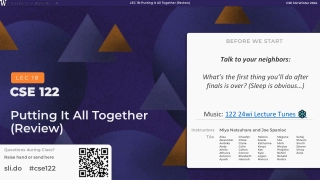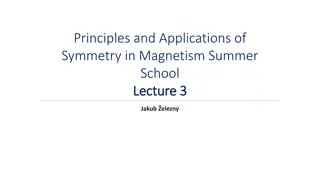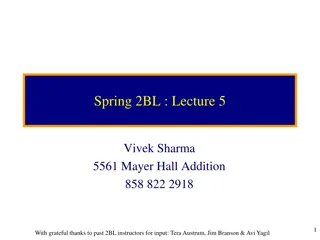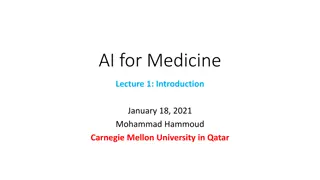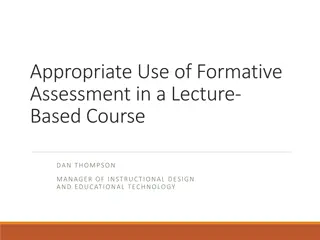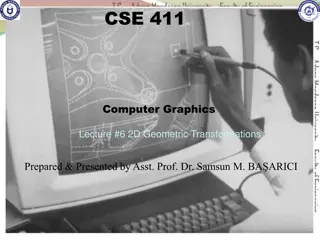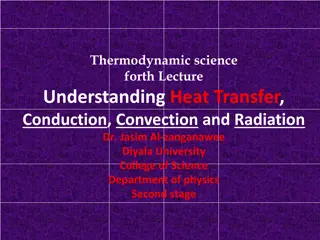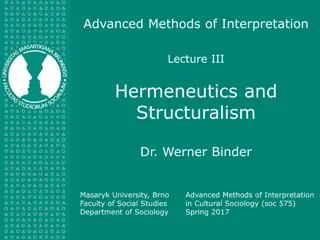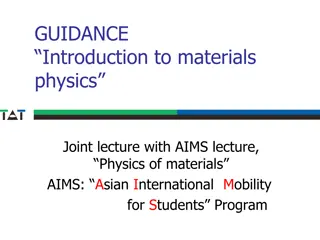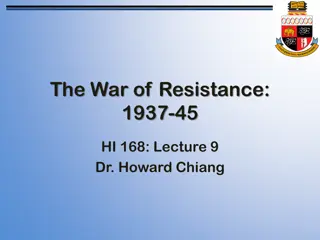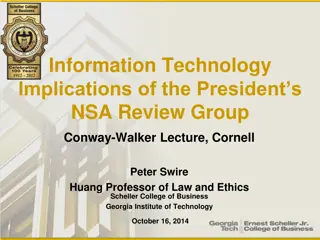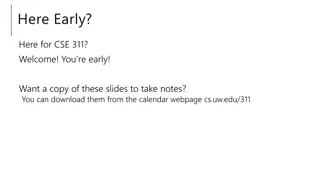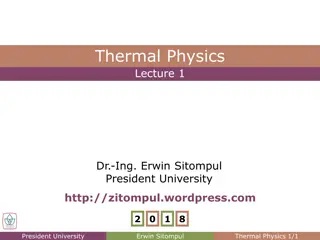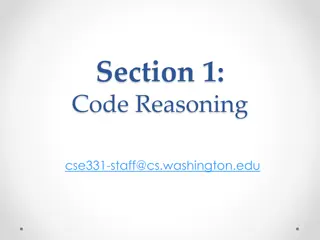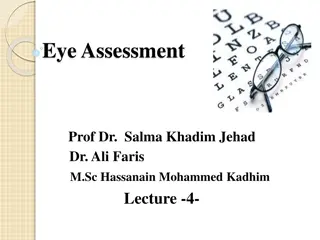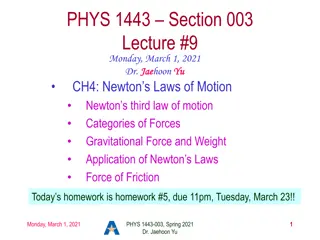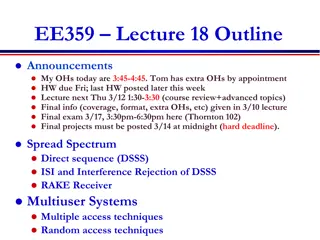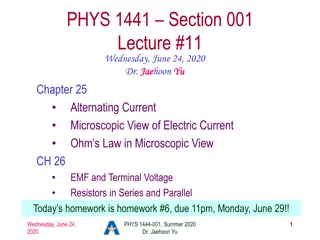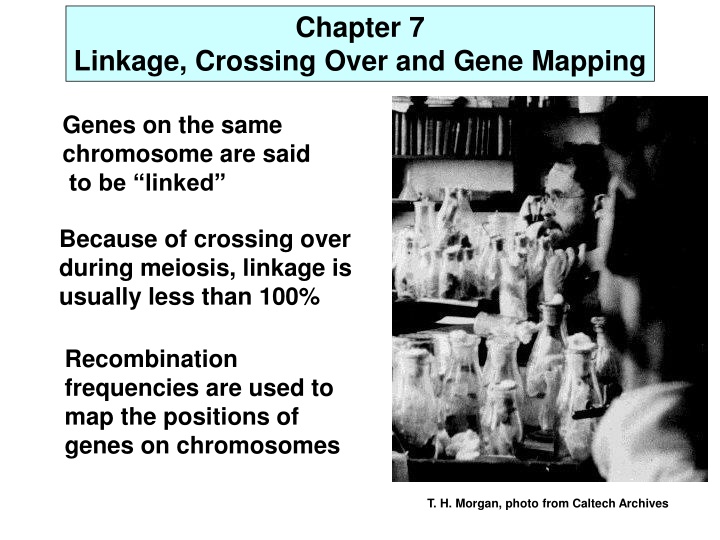
Linkage, Crossing Over, and Gene Mapping in Genetics
Explore the concepts of linkage, crossing over, and gene mapping in genetics through recombination frequencies, dihybrid crosses, and independent assortment. Discover how these processes influence the inheritance of traits and the mapping of genes on chromosomes. Take a visual journey through diagrams and explanations to grasp the intricate mechanisms of genetic inheritance.
Download Presentation

Please find below an Image/Link to download the presentation.
The content on the website is provided AS IS for your information and personal use only. It may not be sold, licensed, or shared on other websites without obtaining consent from the author. If you encounter any issues during the download, it is possible that the publisher has removed the file from their server.
You are allowed to download the files provided on this website for personal or commercial use, subject to the condition that they are used lawfully. All files are the property of their respective owners.
The content on the website is provided AS IS for your information and personal use only. It may not be sold, licensed, or shared on other websites without obtaining consent from the author.
E N D
Presentation Transcript
Chapter 7 Linkage, Crossing Over and Gene Mapping Genes on the same chromosome are said to be linked Because of crossing over during meiosis, linkage is usually less than 100% Recombination frequencies are used to map the positions of genes on chromosomes T. H. Morgan, photo from Caltech Archives
Dihybrid cross: why is a 9:3:3:1 ratio obtained when two heterozygotes are crossed?
Independent Assortment: four types of gametes made each makes up 25% of the total
Complete Linkage: two types of gametes made each makes up 50% of the total
Linkage with Recombination four types of gametes Most Frequent in two frequency classes Most Frequent
Recombination is Reciprocal Chromatids that do not cross over are called parental or nonrecombinant Chromatids that do cross over are called recombinant The recombinant gametes can never be more than 50% of the total
A. Yellow body (y) and white eye (w) recessive, X- linked mutations (y+ and w+ indicate the dominant, wild type alleles) B. Miniature wing (m) and white eye (w) mutations
Map of the yellow, white and miniature loci yellow x white -- 1.3% recombination white x miniature -- 37.2% yellow x miniature -- 38.5% 1.3 37.2 38.5 Recombination frequency reflects the distance between two linked genes The farther apart two genes are the more likely crossing over will occur between them
Possible crossover outcomes involving three genes No Crossover Single Double (parental) Crossover Crossover A b c A b C A B C a B C a B c a b c A B c Most frequent Least frequent a b C
Cross between the yellow, white and echinus genes on the X-chromosome in Drosophila THREE POINT CROSS
To map genes by a three point cross the parent producing the crossover gametes must be heterozygous at all loci. Eg. Triple heterozygote x homozygous recessive y w ec x ywec y+w+ec+ male female
F2 phenotype number Step 1: Identify the progeny with parental phenotypes, single and double crossover phenotypes y w ec 4685 y+ w + ec +4759 y w+ ec+ 80 The parental (nonrecombinant) types are the most frequent y+ w ec 70 y w ec+ 193 The double crossover types are the least frequent y+ w+ ec 207 y w+ ec 3 y+ w ec+ 3
Step 2. Determine the gene order 1. Identify the parental types 2. Identify the double crossover types 3. Determine which gene has moved to convert the parental types into the DCO types. THIS GENE IS IN THE MIDDLE 4. Identify which gene has moved to make each of the single crossover types
F2 phenotype number y w ec 4685 y+ w + ec +4759 Which gene is in the middle? y w+ ec+ 80 A. y y+ w ec 70 B. w C. ec y w ec+ 193 y+ w+ ec 207 y w+ ec 3 y+ w ec+ 3
F2 phenotype number Category Percentage y w ec 4685 No cross over 94.4 y+ w + ec +4759 y w+ ec+ 80 Single crossover y x w 1.5 y+ w ec 70 y w ec+ 193 Single crossover w x ec 4.0 y+ w+ ec 207 y w+ ec 3 0.06 Double crossover w is in the middle y+ w ec+ 3
Step 3. Add up the cross over frequencies to make the map: y x w = 1.5 + 0.06 = 1.56 map units w x ec = 4 + 0.06 = 4.06 map units y w ec 1.56 4.06 1 map unit = 1% crossing over = 1 centimorgan (cM)
females males females males P w sn x bar bar x w sn F1 females males females males + + bar w sn + + + bar + + bar w sn + Y w sn + Y F2 females males females males + + bar + + bar + + bar + + bar w sn + Y + + bar Y w sn + w sn + w sn + w sn + w sn + Y + + bar Y
F2 females males females males + + bar + + bar + + bar + + bar w sn + Y + + bar Y no x over w sn + w sn + w sn + w sn + w sn + Y + + bar Y w + bar w + bar w + bar w + bar w sn + Y + + bar Y w x over + sn + + sn + + sn + + sn + w sn + Y + + bar Y + sn bar + sn bar + sn bar + sn bar w sn + Y + + bar Y sn x over w + + w + + w + + w + + w sn + Y + + bar Y + + + + + + + + + + + + w sn + Y + + bar Y bar x over w sn bar w sn bar w sn bar w sn bar w sn + Y + + bar Y
Cross w sn females Cross bar females bar males w sn males Females Males Females Males 1/2 bar bar bar bar w sn w sn 1/2 bar w sn w 1/2 bar w bar bar w bar sn sn 1/2 bar sn sn 1/2 bar sn bar bar sn bar w w 1/2 bar w wt wt bar wt w sn 1/2 bar w sn bar 1/2 bar w sn bar

